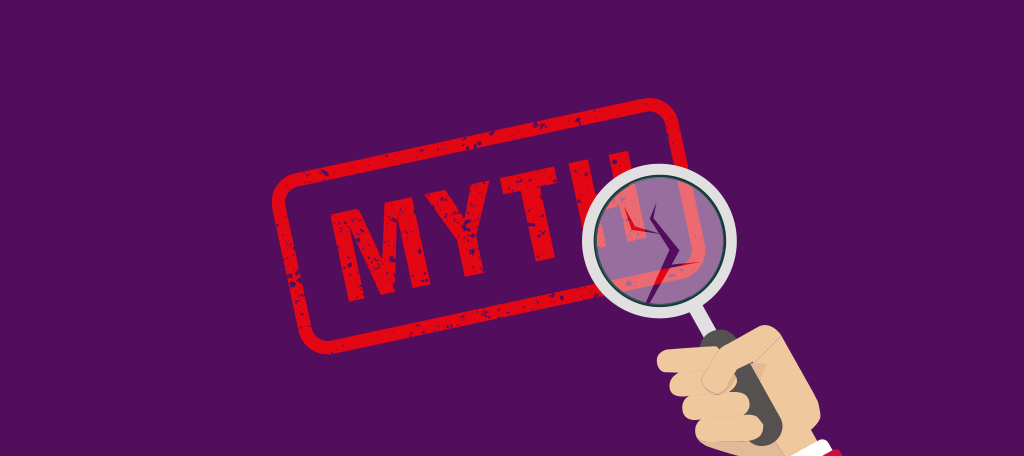As an employer, you may have to take disciplinary actions against your employees from time to time. You’ll also have to manage grievances—it’s important you handle both situations appropriately.
So you should have disciplinary and grievance procedures in place to make sure you’re well equipped to deal with these issues should they arise.
For your reference, here’s a quick look at Acas’ disciplinary and grievance procedure definitions.
What’s a disciplinary procedure?
It’s a formal way for you to deal with an employee’s transgression. This may include an act of gross misconduct or a performance issue.
You should try to resolve an issue in an informal way before stepping up to formal proceedings.
What’s an employee grievance?
This is where an individual from your staff makes a complaint about a colleague or a business procedure.
You have to take a grievance seriously. So you’ll need to have a proper process in place that’ll help you to deal with it.
After a hearing, you’ll let the employee know your decision. Complete this in writing.
Disciplinary and grievance resources
In this resources section you’ll find important information about legal requirements relating to these two topics. This includes:
- Employment law disciplinary and grievance procedures guides—including insights on how to carry out these tasks.
- Disciplinary and grievance guides
If you have any questions about employment laws then get in touch with us on: 01455 858 132.














